Media | Articles
The 2003–08 Nissan 350Z is powerful, fun, and fit for most any budget
In the early 1970s, Nissan’s Z-cars turned the sports car world on its ear, and in the half century since, these two- (or sometimes four) seaters have offered driving junkies six-cylinder power and rear-drive fun at a reasonable price. For a brief period, however, as the 1990s turned into the new millennium, we didn’t have a Z-car here in America. The 300ZX, which had grown more complex and more expensive, left the U.S. market after 1996. It lingered on in Japan for a few years, but we had to wait until the 2003 model year for a fifth generation Z. Dark times, indeed.
For its new Z-car, Nissan went back to basics, drawing a lot on the original 240Z for inspiration (and marketing), and dubbing the vehicle the 350Z (aka the Z33 in Nissan-speak or the Fairlady Z in Japan). While not a game-changer like the 240, the 350Z has gained a loyal following, especially in the tuning community. It was a temptingly low-priced sports car when new, and today the price is even more affordable, with 350Zs striking most as a used car rather than collectible. They’re one of the cheapest modern sports cars out there.
Back in the late 1990s, Nissan showed a concept for a revamped Z, but the idea didn’t get off the ground. Nissan felt the prototype’s 2.4-liter engine would leave it underpowered and thought the looks were too retro, so it commissioned a redesign in 2000. What resulted—the 350Z—debuted at the 2002 North American International Auto Show in Detroit, with Nissan boasting “$50,000 performance for under $30,000.”
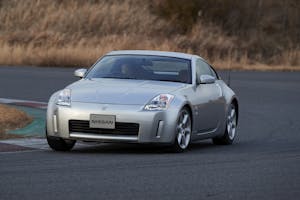
When the 350Z launched, it had a base price of a little under $27,000. That was only a few grand more than itty-bitty roadsters like the Mazda Miata and Toyota MR2, but the Z came with twice the horsepower, and indeed only 30 ponies fewer than a Porsche 911. Although it weighs more than a Corvette, the 350Z’s multi-link front and rear suspension and well-weighted steering made it a solid handler. The standard six-speed manual, optional viscous limited-slip differential, and pedals placed specifically for heel-and-toe downshifting were tailored to enthusiast drivers. Another nifty feature is the instrument cluster, which adjusts up and down with the steering wheel. Reviews were generally positive, with Car and Driver calling the 350Z “a very satisfying drive with terrific control feel” and Evo magazine calling it “hairy-chested, vaguely uncouth yet hugely desirable.”
The 3.5-liter VQ-series V-6 in the Z makes 287 horsepower in the earliest models, and it makes a sweet, deep, throaty sound that’s even better with a good exhaust. 0-60 arrives in 5.4 seconds. Later cars got even quicker.
Marketplace
Buy and sell classics with confidence
It’s not perfect, though. The 350Z is a porky car and few people fell in love with the styling, which you could defensibly describe as porky, too. The main criticisms of the 350Z, however, concern the interior. There’s plastic everywhere, even by early 2000s standards. There are also several cheap-feeling cubby spaces, all trying in vain to make up for the thin door pockets, the lack of a glovebox, and a trunk that isn’t as spacious as it looks. Then again, the attainable price tag made most of these shortcomings forgivable.

For the first model year (2003), the 350Z was available in Base, Enthusiast, Performance, Touring, and Track trim levels. The difference between each mainly came down to styling and interior equipment. Base models got only cloth, manual-adjust seats and little else, while the Enthusiast model got a limited-slip, cruise control, and traction control. The Performance added larger 18-inch wheels, rear spoiler, air dam, Vehicle Dynamic Control (VDC) but not traction control, and optional Brembo brakes. The 350Z Touring got more in the comfort department with power heated leather seats and an optional factory GPS (which is mostly useless these days) as well as xenon headlights. The sporty Track model, meanwhile, got the same engine and suspension as the rest of the lineup but got Brembos as standard, along with the limited-slip.
Nissan added a 350Z Roadster in select trims to the lineup for 2004, and a Grand Touring trim for 2005. The 2005 350Z could also be had in 35th Anniversary trim with an uprated engine, special badging, cast aluminum wheels, and either Ultra Yellow or Pearl Blue paint. 350Zs from mid-2005 on also have an improved transmission with upgraded synchros.

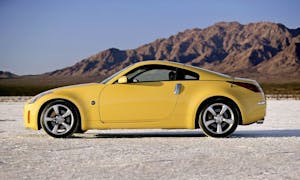
The Z got an update for 2006 with revised styling, some changes to the interior trim, speed-sensitive steering, and better brakes. For 2007, the engine got a power bump, crossing the 300-hp barrier to 307, and the extra height of the V-6 required a bulge in the hood. Trims for 2007 also narrowed down to Base, Enthusiast, and Grand Touring, while the Track model was replaced by the NISMO. For a little over 38, NISMO buyers got a body kit with an underbody diffuser, specially tuned suspension, Brembo brakes, forged alloy wheels, and special exhaust. After a healthy production run, the 350Z bowed out in 2009, replaced by the 370Z (Z34). That car is still around, even though it’s a bit long in the tooth and an all-new 400Z is due for 2021.
Possibly the best thing about the original 350Z is that they’re likely at the bottom of their depreciation curve, which means an entertaining, capable, and highly tunable sports car that is readily available. While the Honda S2000 has become a darling of the enthusiast crowd, the 350Z languishes way below its original MSRP. The median condition #2 (Excellent) value for Coupes is just $11,900 and for Roadsters is $15,600, but just as there was a hierarchy among 350Zs when they were new, some are clearly more desirable than others today.
Right off the bat, knock off 20 percent for an automatic transmission. Most enthusiasts want a stick with their sports car, and six-speed Zs aren’t hard to find. Now that we have that out of the way, early Base models are naturally on the bottom rung of the ladder, with later ones worth a smidge more on account of their extra power and refinement. A 2003 Base coupe, for example, carries a #2 (Excellent) value of $10,900, while an ’08 example in the same condition is worth $11,600. Base Roadsters are worth about 3 grand more than the equivalent Coupe. And for whatever model a Roadster is available, expect to pay a few grand more for the soft top than an otherwise identical coupe.
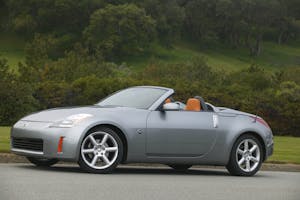
350Z Enthusiast models have a condition #2 value of $12,000 for early coupes and $12,700 for later ones. The 2003-05 Performance (Coupe only), the Touring and the Grand Touring all carry similar values as the Enthusiast, all within a few hundred bucks of each other in coupe form. The 2005 35th Anniversary carries a condition #2 value of $12,400.
The 2003-06 350Z Track model (Coupe only) carries a condition #2 value of $17,000, but good condition #3 (Good) cars are still worth just $10,200. Finally, the most valuable 350Zs of all are the factory NISMO models, which carry a condition #2 value of $19,500, while even driver-quality condition #3 (Good) cars are still $16,000.
A nice low-mile 300-hp rear-drive two-seater for a barely four-figure price? These cars are a good value no matter which way you look at it, but it seems like young people gravitate to these cars more than anybody else. Looking at Hagerty’s insurance quote activity, 36 percent of buyer interest for 350Zs comes from millennials, even though millennials make up barely 21 percent of the collector car market as a whole.
When it comes to actually buying a Z, there are no major gotchas. The engines are known for oil consumption issues and there are the usual concerns with aging cars like worn suspension bushings and gear synchros, but no ticking time bomb. Because 350Zs are so cheap and here are always a ton on the market to choose from at any given time, it’s worth it to pay a little extra for the cleanest lowest-mile car you can find, avoiding all the worn out ones and discarded tuner cars. Just about any Z, though, will keep a smile on your face and have your wallet thanking you.
Like this article? Check out Hagerty Insider, our e-magazine devoted to tracking trends in the collector car market.







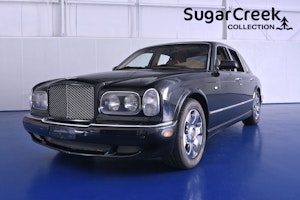

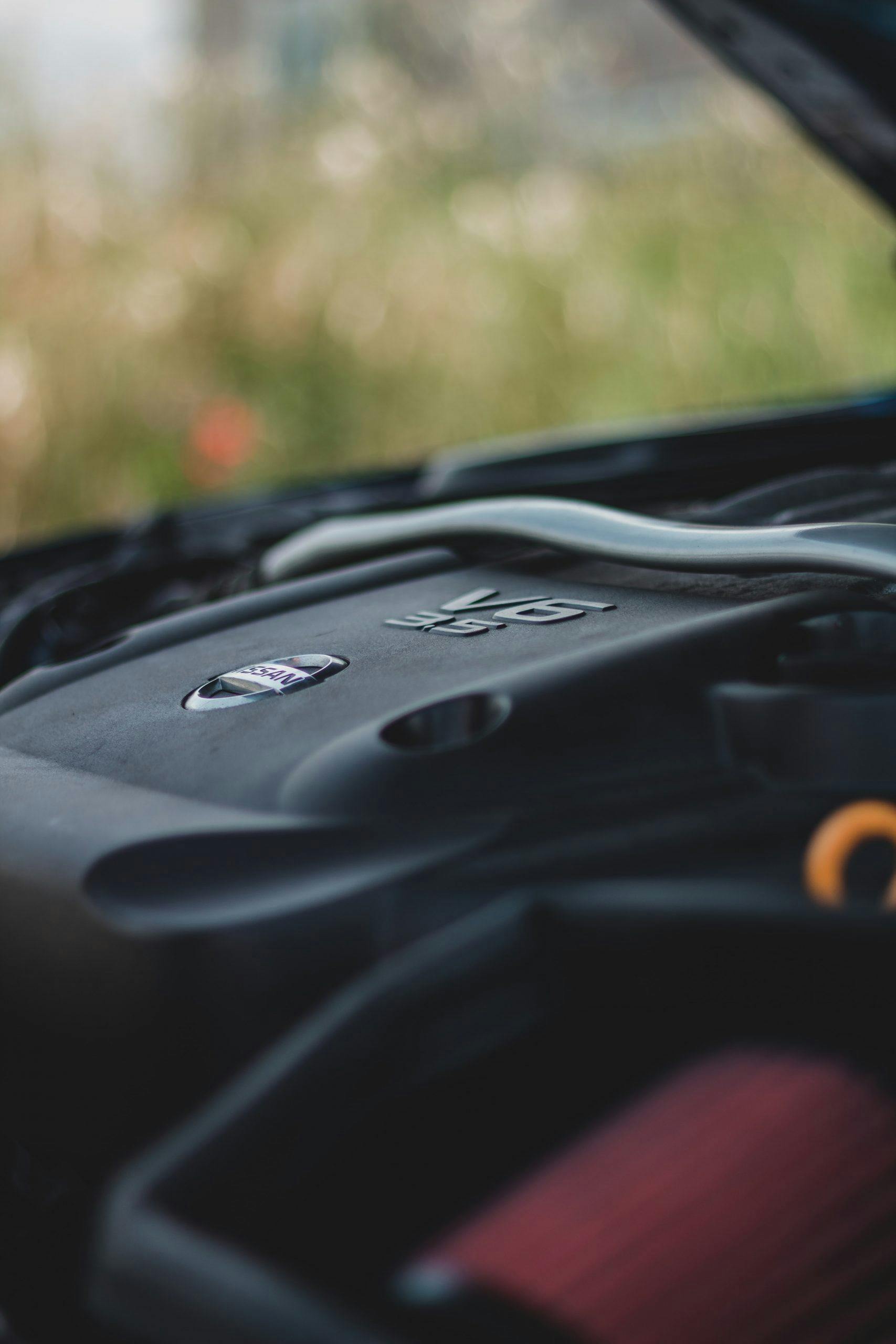
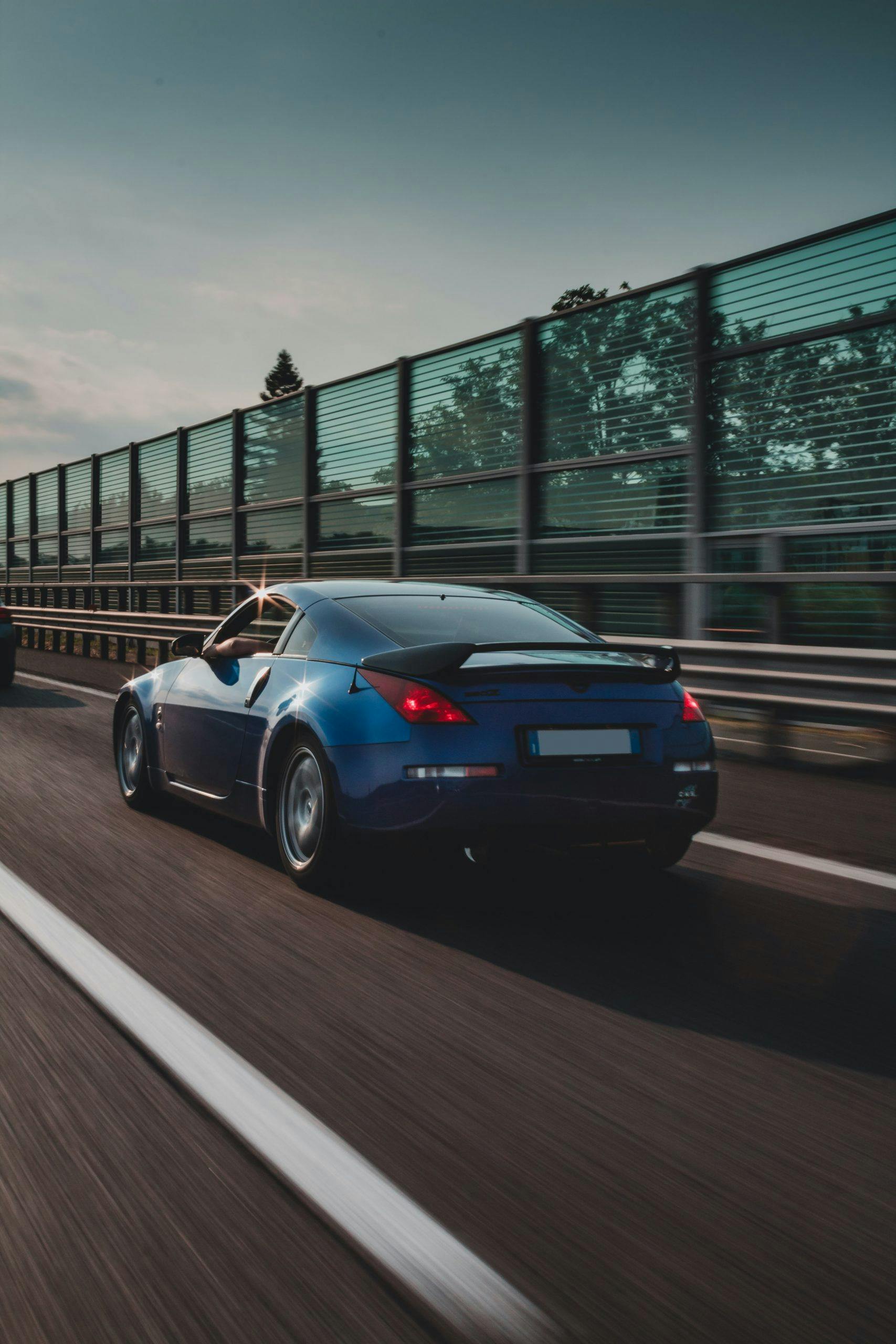





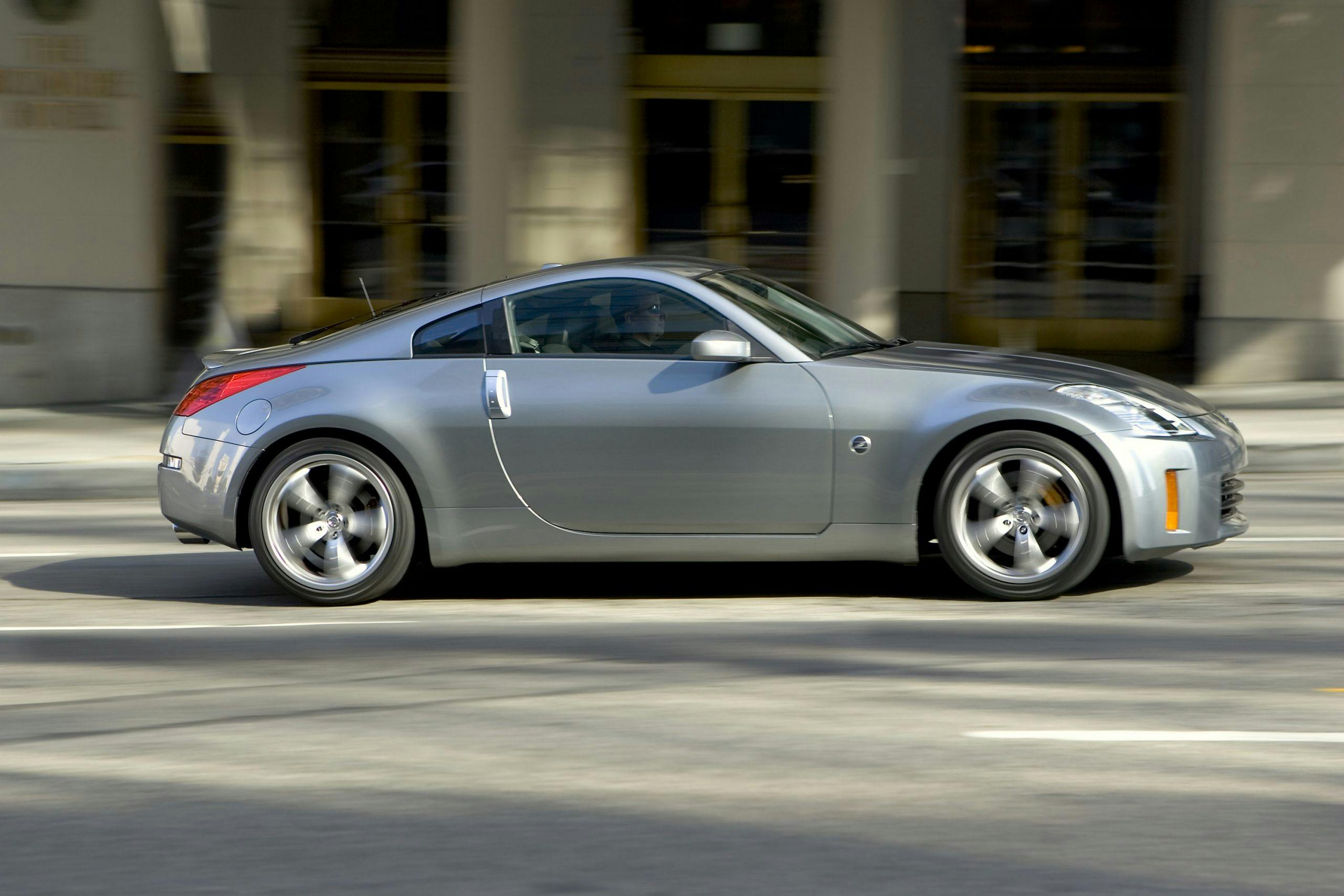
I found everything in this article to be absolutely accurate. My 2004 350Z is a joy to drive, while my 1999 Porsche Boxster is just as much fun, if not a little more refined. The 350Z does have a little more grunt when you press the pedal. Parts are far more affordable for the 350Z, while the Boxster gets far more “looks” from the public. Two of the most affordable sports cars on the market. I have no plans to ever part with either one.